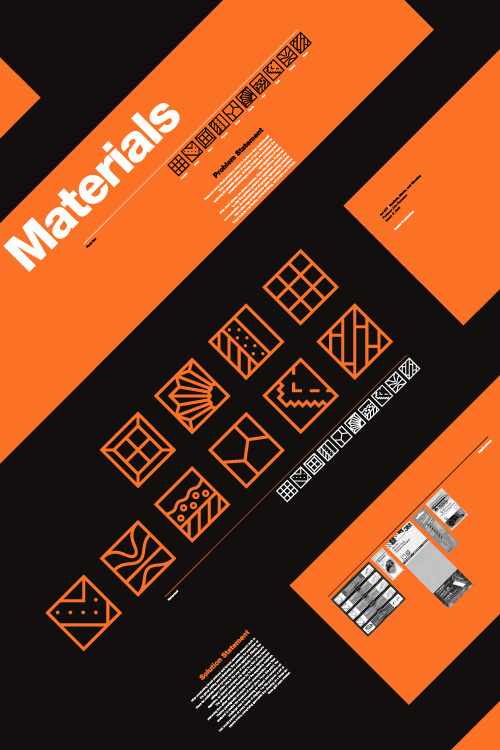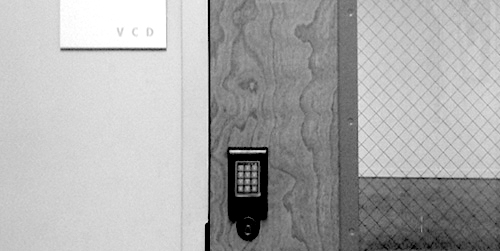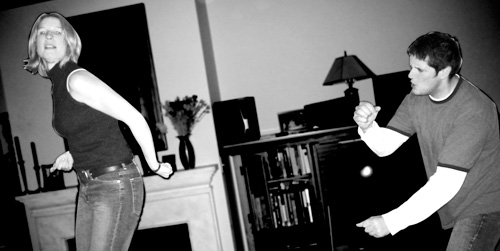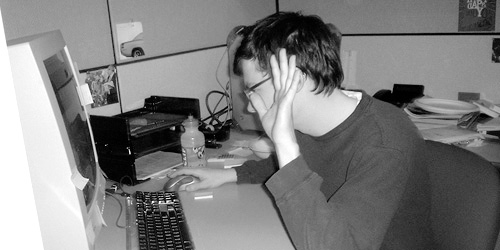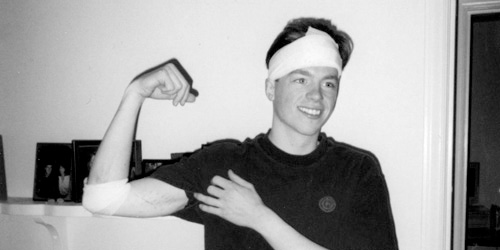Manufacturing Consent
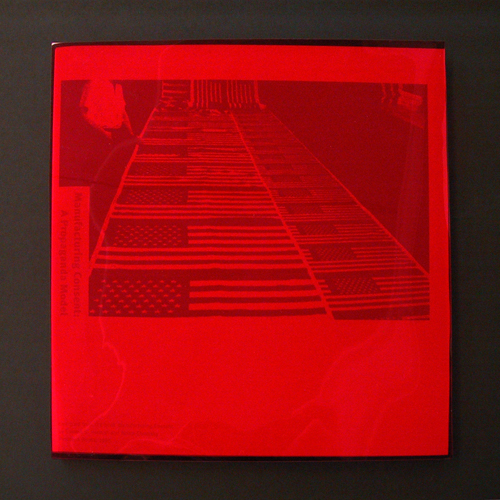
Manufacturing Consent, A Propaganda Model book in acetate slipcase; 9.5 x 9.5in., 28ppg. / 2003
What is the role of American mainstream media? This book visualizes Noam Chomsky’s and Edward S. Herman’s message that a few powerful individuals and corporations mask their own deceit and corruption through their control of the mass media. As the writers urge, the reader must take an active role in looking beneath the messages “filtered†by these entities in order to understand the real content.
In this piece—a project undertaken for the Publications course in the University of Washington Visual Communication Design program, in which we were to interpret an excerpt of this seminal work—expressions of manufactured mass media content are printed in light cyan blue while the Chomsky / Herman text is printed in red on white paper. Red acetate “filters” sharpen contrast of the cyan while obscuring the copy.
The first action the reader must take is to remove the book from its masking slipcase. Once removed, the subject’s title becomes immediately visible, while the mass production of American perception recedes.
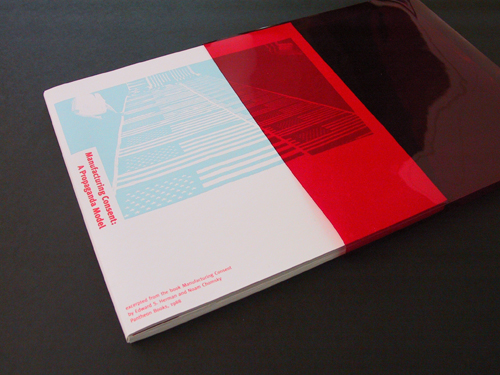
Manufacturing Consent, A Propaganda Model book drawn from acetate slipcase; 9.5 x 9.5in., 28ppg. / 2003
Filed under Content / Architecture, Packaging / 3-Dimensional, Print / Editorial
Permalink
Comments
